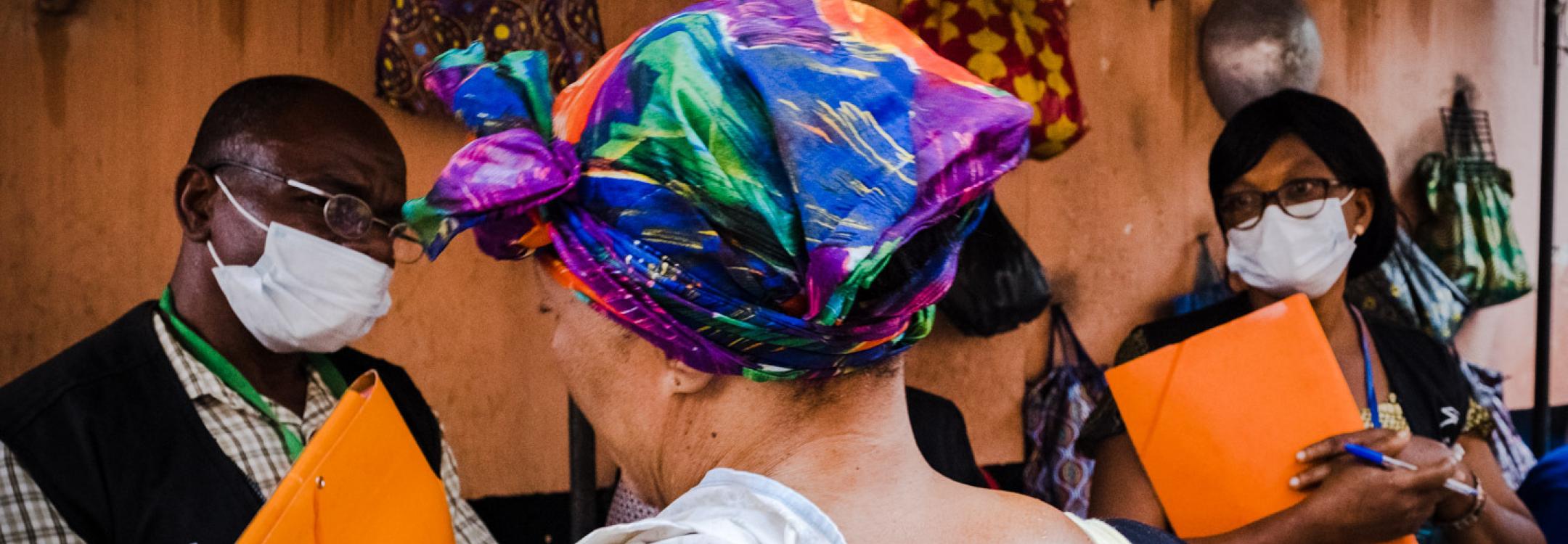What kind of internal structure is most appropriate for NHRIs as NPMs?
Most NHRIs designated as NPM have chosen to create a dedicated NPM unit or department, headed by a senior figure, and with responsibility solely for prevention – an approach recommended by the SPT Guidelines. This means that individual complaints and investigations are handled by a separate department, and the NPM can focus its full attention on preventive work. If this approach is chosen, the NPM department should also be integrated into the broader institution, including with a system of regular interaction and cooperation with other departments. Such cooperation may cover: complaints and how they are collected, transferred and investigated; visits to places of detention; and thematic issues relevant to the whole institution. This is important to ensure the protection of detainees, and to make sure that both the NPM and other units with overlapping mandates can mutually benefit from shared information, knowledge and expertise. Although, due to NPM’s broad powers of access to sensitive information there may be limits to the kinds of information that the NPM unit shares with other departments. Cooperation on issues such as training and education, communication, law reform and other matters may also be beneficial.
Another, less common, approach is to create or designate one dedicated department, again headed by a senior figure, with responsibility for all issues relating to deprivation of liberty. This means that one single department conducts preventive visits as the NPM, as well as handling and investigating individual complaints. The advantages of this approach are in potentially increased information sharing and avoidance of overlap. The challenges, however, are that the reactive work of complaints handling dominates the department, leading to insufficient emphasis being placed on prevention. This is because complaints are often both urgent and abundant.
While one department of an NHRI is usually responsible for NPM work it is important to underline that designation means that the institution as a whole “is” the NPM and not only one department (although some exceptions do exist). While NPM departments should be given operational autonomy, this does not mean that NPM departments should be closed off or otherwise isolated from the institution as a whole. This is for many of the reasons of synergy and effectiveness discussed above. The institution’s internal rules and organisation chart should thus be designed with these objectives in mind.
